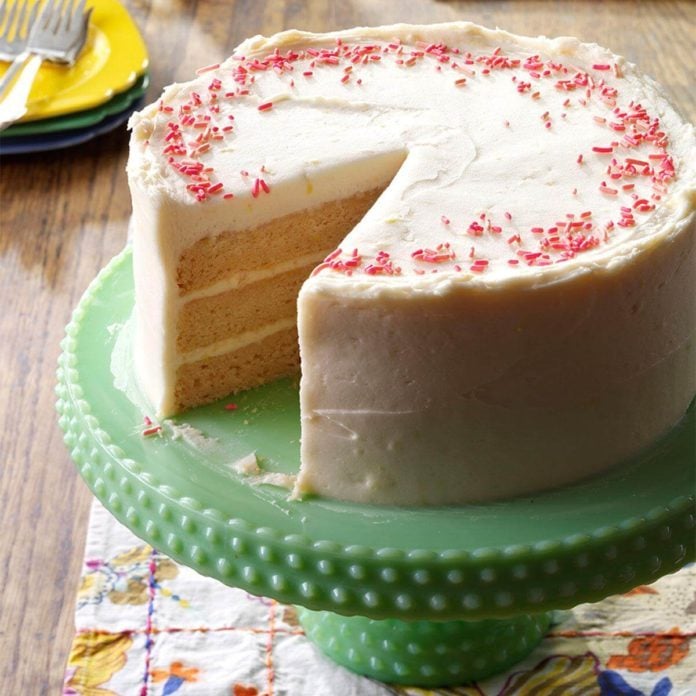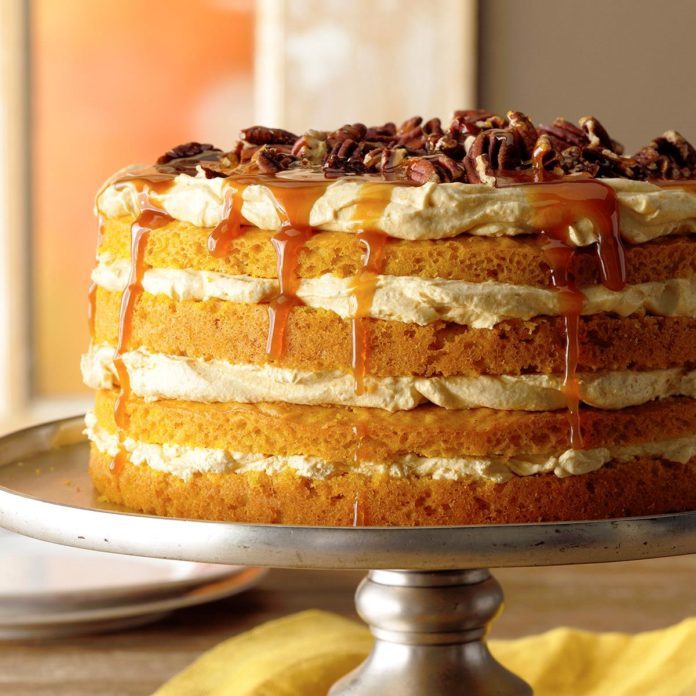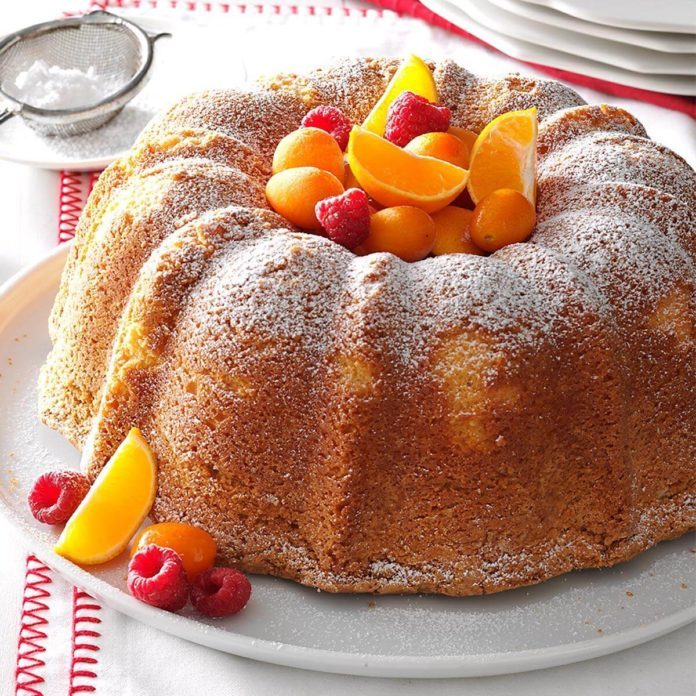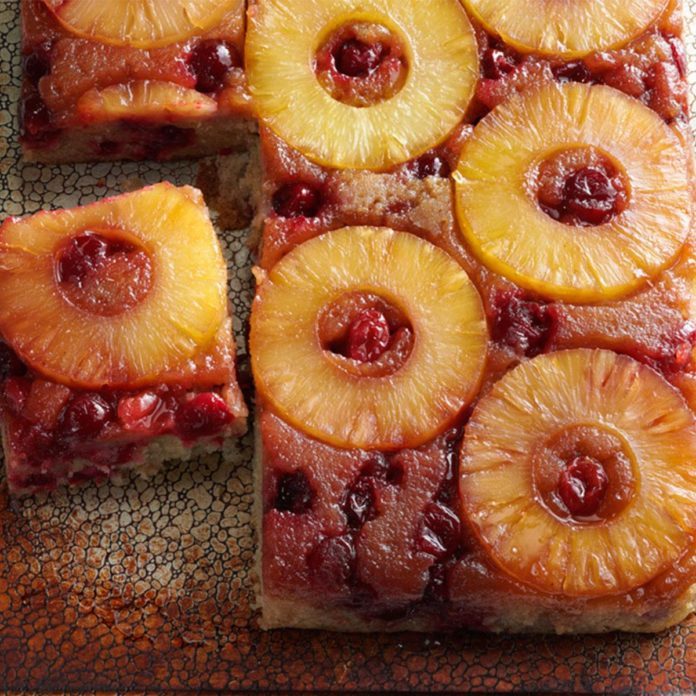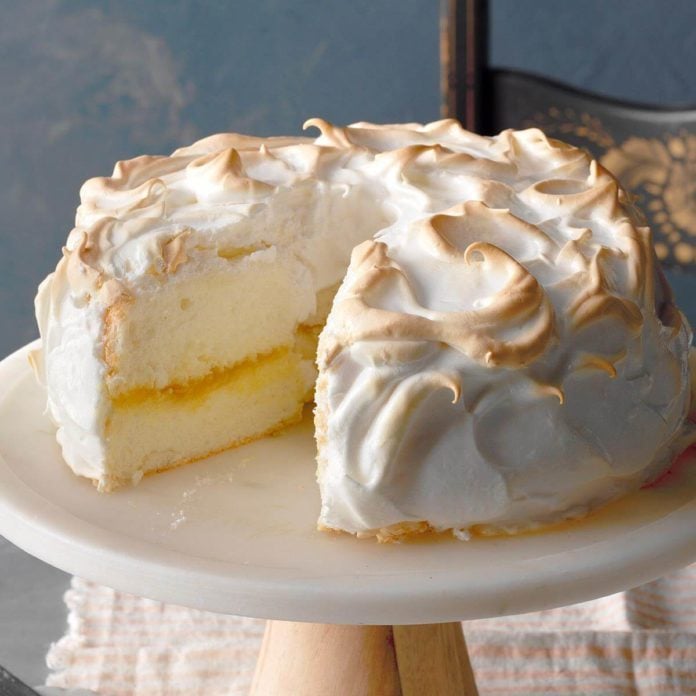Chances are good that, unless you’re a serious baker, you don’t own a flour sifter. If I’m being honest, I didn’t even use one when I ran a restaurant that baked amazing biscuits from scratch every morning!
Of course, I’m not suggesting you skip the sifting step. Sifting flour is one of those secret tricks that can take your baked goods to the next level, but you don’t need a gadget to get the job done. There are a few different ways to learn how to sift without a sifter, and one of them happens to be fast and easy.
Why Sift Flour?
It might seem like sifting dry ingredients is an unnecessary step, but it serves two purposes. First, it gets the lumps out of the flour. As dry ingredients sit in a box or a bag, they start to compact and cling together. It’s most evident with ingredients like brown sugar, but you’ll also see it with flour, cocoa powder and confectioners’ sugar, too. Running them through the sifter breaks up any clumps and prevents dry pockets from forming in your batter.
The second (and perhaps more important) function is aeration. Overmixing wet and dry ingredients is the easiest way to end up with a cake that falls flat or turns out dense. If the dry ingredients are light and fluffy, it’ll be easier to incorporate them into the wet ingredients. This is especially important with delicate cakes, like pound cake or angel food cake.
How to Sift Without a Sifter
The most common substitution for a flour sifter is a fine mesh strainer (I like this set). Unlike bulky flour sifters, strainers are multitaskers. You can use them to drain pasta, remove the bones from simmering stock, line them with cheesecloth to make labneh cheese from yogurt or use them to sift and mix dry ingredients for baked goods. Simply load the dry ingredients into the bowl of the strainer, hold it with one hand and tap it against the other hand to move the ingredients through.
An even easier—and faster—way to sift dry ingredients is to add them to a large bowl and mix them using a balloon whisk (this one gets great ratings). Most small clumps will be broken up by the tines of the whisk, and the whisking motion also adds air to the flour, aerating as it mixes. As a bonus, you won’t even need to wash the whisk; since there are no wet ingredients in the bowl, the dry ingredients won’t stick. Just dust it off and put it right back into the drawer!
Of course, if you’re an avid baker, you might want to pick up a real flour sifter. They’re relatively inexpensive (this one’s under $11), but you can always upgrade to a next-level sifter with this rad KitchenAid attachment. You’ll never bake a flat cake again.
The post Here’s What to Do When You Don’t Have a Sifter appeared first on Taste of Home.
Lindsay D. Mattison

